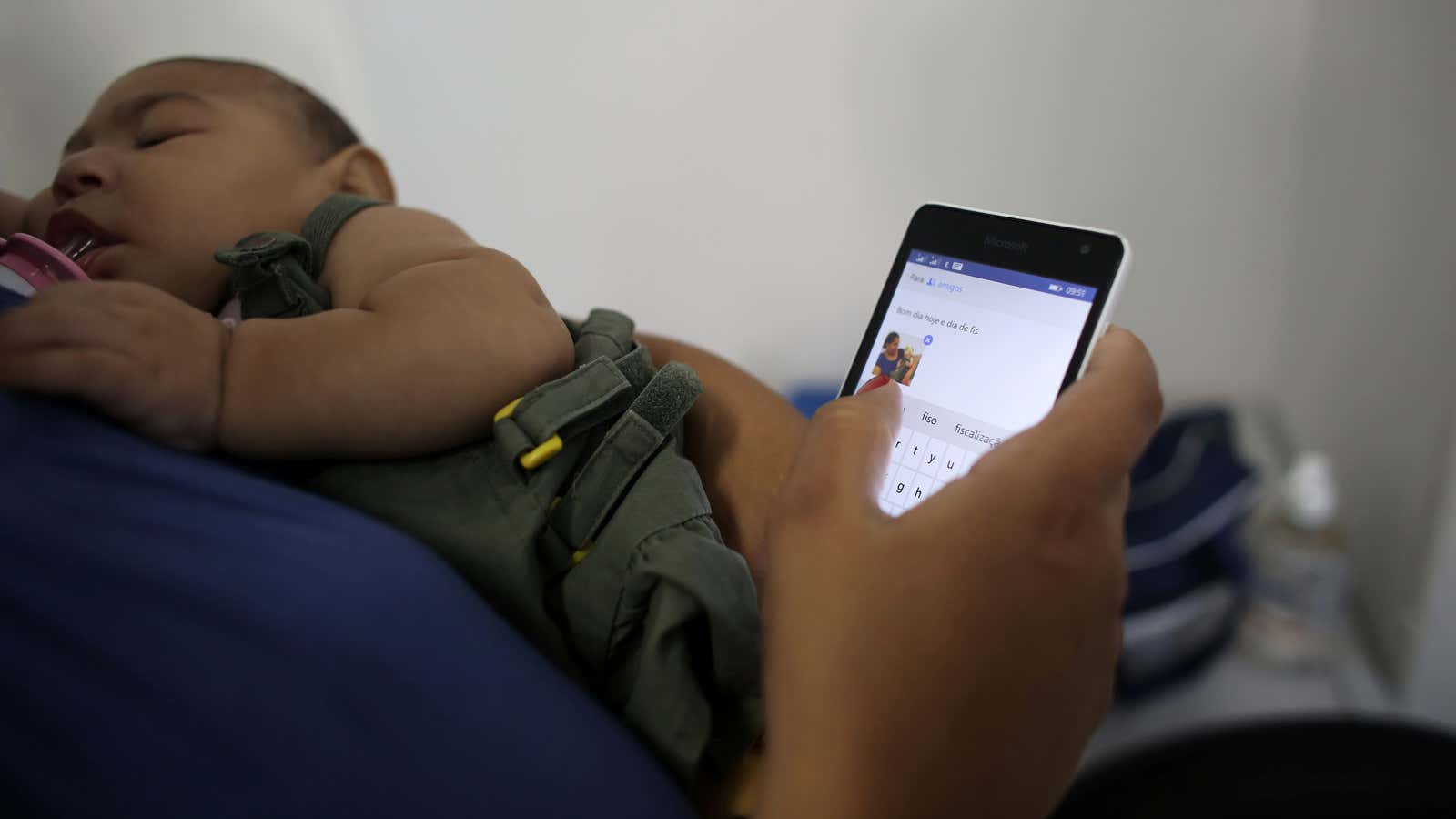Telehealth services are being met with a flood of patients in the wake of the coronavirus pandemic.
As hospitals and public officials urge patients with symptoms of Covid-19 to avoid emergency rooms, online-only services that allow patients to consult with doctors over the phone, video, or direct message are a natural fit. But as demand increases, telehealth providers will confront two challenges: capacity and access.
For those with private insurance, many providers have said that telehealth screenings for Covid-19 will be covered for free under their plans. And on Tuesday, President Donald Trump authorized an expansion of Medicare that would cover telehealth, allowing the elderly access to care without leaving their homes.
But states have been left to decide on their own whether to expand Medicaid to include telehealth services. Which means that many who are low-income or uninsured may have no choice but to pay out-of-pocket for these services. The number of uninsured Americans is greater now than it was before the Affordable Care Act, due to a decline in Medicaid recipients.
For the uninsured, many direct-to-consumer telemedicine apps like Amwell, HeyDoctor by GoodRx and PlushCare offer low-cost doctor visits that may be a viable option. PlushCare costs $99 for the first visit, and $49 for each future visit. Each visit with an Amwell physician costs $69.
As telehealth services try to meet the demands of the wider healthcare system, many of those apps are reporting growth. PlushCare says appointments are up by 70%; Amwell confirmed that since the virus hit the US in January, usage of the app has increased by 158% nationwide, and increased by 650% in Washington state.
“In a matter of days, nearly all of healthcare’s key stakeholders started to direct people in need of doctor consultations and care to telehealth,” wrote Holly Spring, Amwell vice-president of corporate communications, in an email. “Any technology infrastructure experiencing such a large increase in demand would experience impact.”
Before the pandemic, only 1 in 10 patients in the US used telehealth, according to a J.D. Power survey from July 2019. Amidst city-wide social distancing measures, new patients are also signing up for telemedicine apps for reasons unrelated to the coronavirus. And as STAT reported, the stress on the telemedicine system is likely to increase even further due to the Medicare expansion.
For some patients, the surge in demand may mean having to wait longer than usual for an appointment or prescription. Teladoc, included as a service with employer-provided insurance plans such as Blue Shield of California, reported that the app’s patient visit volume spiked by 50% over the past week, and that patients are experiencing longer wait times.
The company, along with others, is responding by increasing hiring. PlushCare is working on increasing hiring of doctors by 50% to 100%. Currently, state laws require telehealth physicians to be licensed in the state where the patient lives, which limits the reach of some of the apps. “Making the medical licensing process national or having states honor each other’s licenses would dramatically increase our range,” said Dr. Brendan Levy, executive medical director at HeyDoctor.
“We’re seeing the capacity of the US healthcare infrastructure being strained in unprecedented ways. This is particularly true of the telehealth industry. This is the first time we are seeing government officials, providers, health plans and employers recommend telehealth as the first choice for care, as opposed to an alternative,” said Robin Glass, president at Doctor on Demand.
Some apps have responded to the unique demands of the Covid-19 pandemic with new products. Doctor on Demand and HeyDoctor are offering free coronavirus risk assessments; if the screening identifies a high-risk patient, they are directed to consult with a doctor through phone or video.
And a few telehealth apps are looking at offering at-home Covid-19 tests. The services would require patients to take samples at home, mail them to a lab, and speak to a doctor over the phone. PlushCare announced in a Medium post that they are working on releasing a testing kit, but are looking for a supplier for nasal swabs due to a shortage. Everlywell, an at-home testing company, plans to release a diagnostic test kit for Covid-19 on March 23. But the test kit, priced at $135, is likely to still be out of reach for many.
Meanwhile, states are scrambling to account for the use of telehealth in their Medicaid plans, according to Kinda Serafi, a partner at Manatt Health who advises state Medicaid agencies. According to a report by the Center for Connected Policy, all 50 states and the District of Columbia have some form of Medicaid reimbursement for telehealth.
But the requirements can be strict. Most Medicaid programs require patients to be at an approved “originating site,” such as a clinic or a school. This, of course, removes the social distancing benefits of telehealth. “In order for the patient to get telehealth services they have to be in another provider’s office, which doesn’t work in a Covid-19, pandemic-type situation,” said Serafi.
West Virginia enacted an emergency order this week to allow the use of telehealth for Medicaid. The order only allows for the use of telehealth in real time, such as during a video or telephone call. Doctors aren’t allowed to monitor patients remotely, or send email updates.
Dr. Steve Davis, an associate professor at the West Virginia University’s School of Public Health, thinks such “stringent” Medicaid reimbursement policies serves to complicate telehealth delivery. Allowing doctors to access their patients remotely would allow individuals to stay at home, and avoid traveling to clinics and risk spreading the virus. Still, Medicaid reimbursement is “only one piece of the puzzle,” says Davis. “As with the Covid-19 pandemic, it is a fluid situation that can only be made better by all of us working together.”
